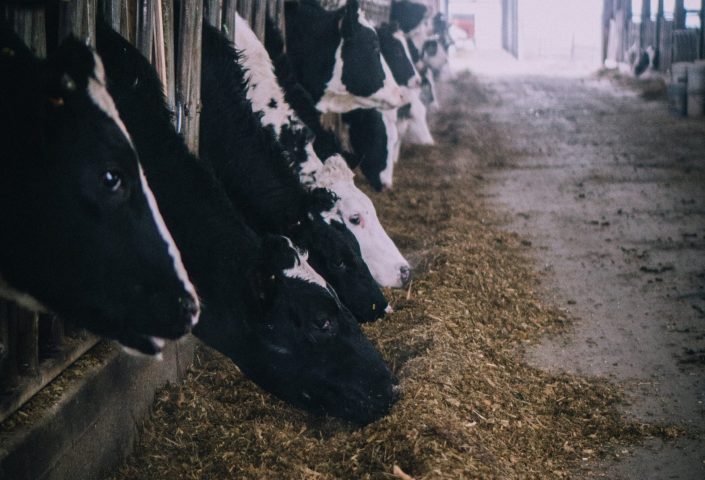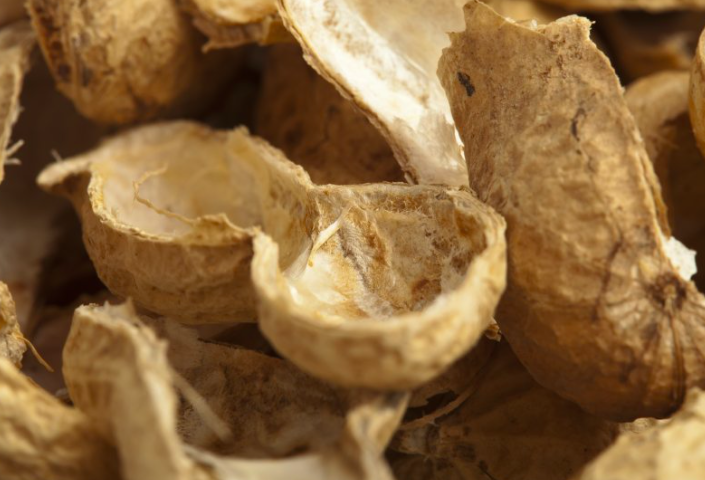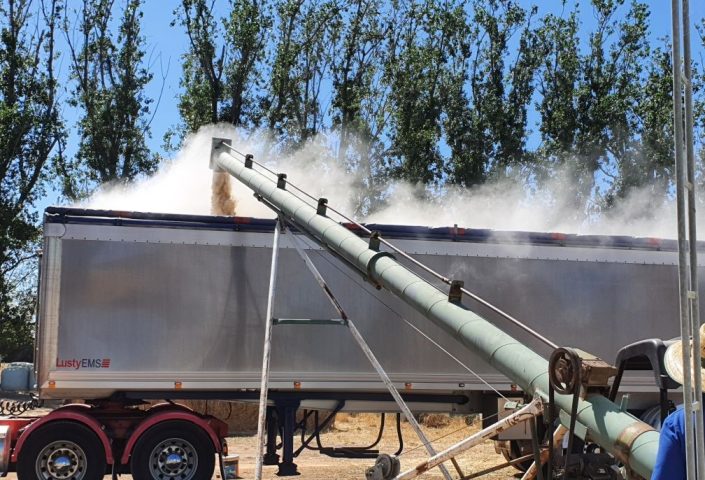GRAINOUT ARE
FOOD PROCESSING WASTE AND AGRO BY-PRODUCT SPECIALISTS
Food waste, whether it be food that never leaves the farm, food that is lost during transport, or food that is wasted during the processing and manufacturing process, has significant economic and environmental impacts. We address them.
What happens
During the food and beverage manufacturing process various residues are generated.
The by-products include:
- Brewery waste (bulk beer, spent grain, yeast)
- Dairy by-product (whey concentrate, milk permeate, curd and milk sludge)
- Grain processing by-product (pea pollard)
- Fruit and vegetable by-product (peelings, stems, seeds, shells, bran, trimmings residues)
- Winery by-product (grape marc, stalks and seeds)
- Oats waste (bran, flakes, flour, middlings)
- Rice waste (bran, flour)
- Seafood by-product (skins, bones, oils, and blood)
- Meat by-product
- Molasses
Unique challenges for food and beverage manufacturers include issues relating to:
- Environmental obligation
- Regulatory compliance
- Brand reputation
- Space optimisation
- Manufacturing bottlenecks
- Mess, odour and vermin
GrainOut addresses these problems faced by food and beverage manufacturers through tailored solutions with a sustainability and value driven focus.
Food and beverage by-products can be considered a valuable product stream and their utilisation can be optimised to achieve solid environmental and commercial outcomes. By managing the by-products, food and beverage manufacturers can also shape the story of their product stewardship, lifecycle analytics and circular economics.
Typical disposal routes such as landfill for solid wastes and disposal via sewage for liquid wastes are unsustainable, potentially harmful for the brand, and less cost effective.
Valorisation of agro-industrial by-products to beneficial substances
VALUE RECOVERY
Feedstuff manufacture from by-products
Valorisation of food processing by-products can help offset growing environmental problems and facilitate the sustainable use of available natural resources. For example, food waste with high amounts of fat and protein is well suited as animal feed. These food by-products include:
- Dough waste noodles
- Bran
- Middlings
- Waste from oats (flour, flakes)
- Oat bran
- Brown rice waste
- Rice bran
- Rice flour
- Silverskins
- Molasses
- Small beets, roots and other parts
- Whey
- Pomace (Grape, Apple etc.)
Dairy By-Product
Dairy by-product waste includes whey, curd and milk sludge. Whey has high levels of solvent proteins, is rich in minerals and nitrogenous compounds. Whey’s nutritional and biological properties contribute to health and well-being.
Winery By-Product
Grape growing and wine making generate a number of by-products. These materials include vine prunings, grape stalks, grape pomace and grape seeds, yeast lees, tartrate, carbon dioxide and wastewater.
In particular, grape pomace has a generous combination of ethanol, tartrates and malates, citric acid, grape seed oil, hydrocolloids and dietary fibre. It’s potential to be blended into an animal feed application ensures its application and value are maximised.



Frequently Asked Questions
What are agro-industrial by-products?
Agro-industrial by-products are discarded organic materials created as a result of growing plants and animals as part of agronomic, floricultural, horticultural and vinicultural endeavours.
These organic residuals include livestock wastes, crop debris, biosolids, food processing wastes, and industrial organic wastes.
What are the uses of agro by-products?
Agro-industrial by-products are used in the manufacture of biofuels, enzymes, vitamins, antioxidants, animal feed, antibiotics, and other chemicals through techniques like solid state fermentation.
Agro-industrial by-products can be used as raw materials as is, or can be subjected to processing, such as drying to reduce moisture content or other advanced techniques for the collection of specific compounds such as nutraceuticals.
What is the difference between food waste and food by-products?
Food wastes are usually organic residues resulting from the processing of raw materials into food. Waste is characterized as a something that does not add value to a product.
On the other hand a by-product is a secondary product or unintentional output stream obtained as a result of the manufacturing of the main product. It may have a market value. Many by-products require further processing before sale and the cost of processing should not exceed the value.
What is valorisation?
In the food sense, valorisation is the conversion or optimised post-processing of food waste or by-products into higher value products that circle back to the food supply chain. The new products comprise a source of functional ingredients, including peptides, carotenoids, and phenolic compounds and promote the circular economy.
GET IN TOUCH


